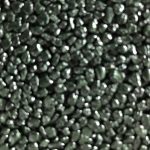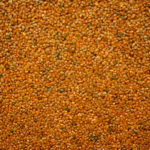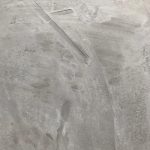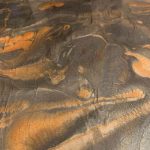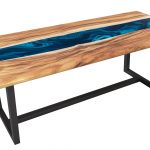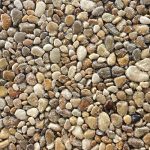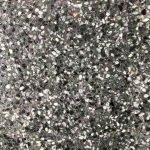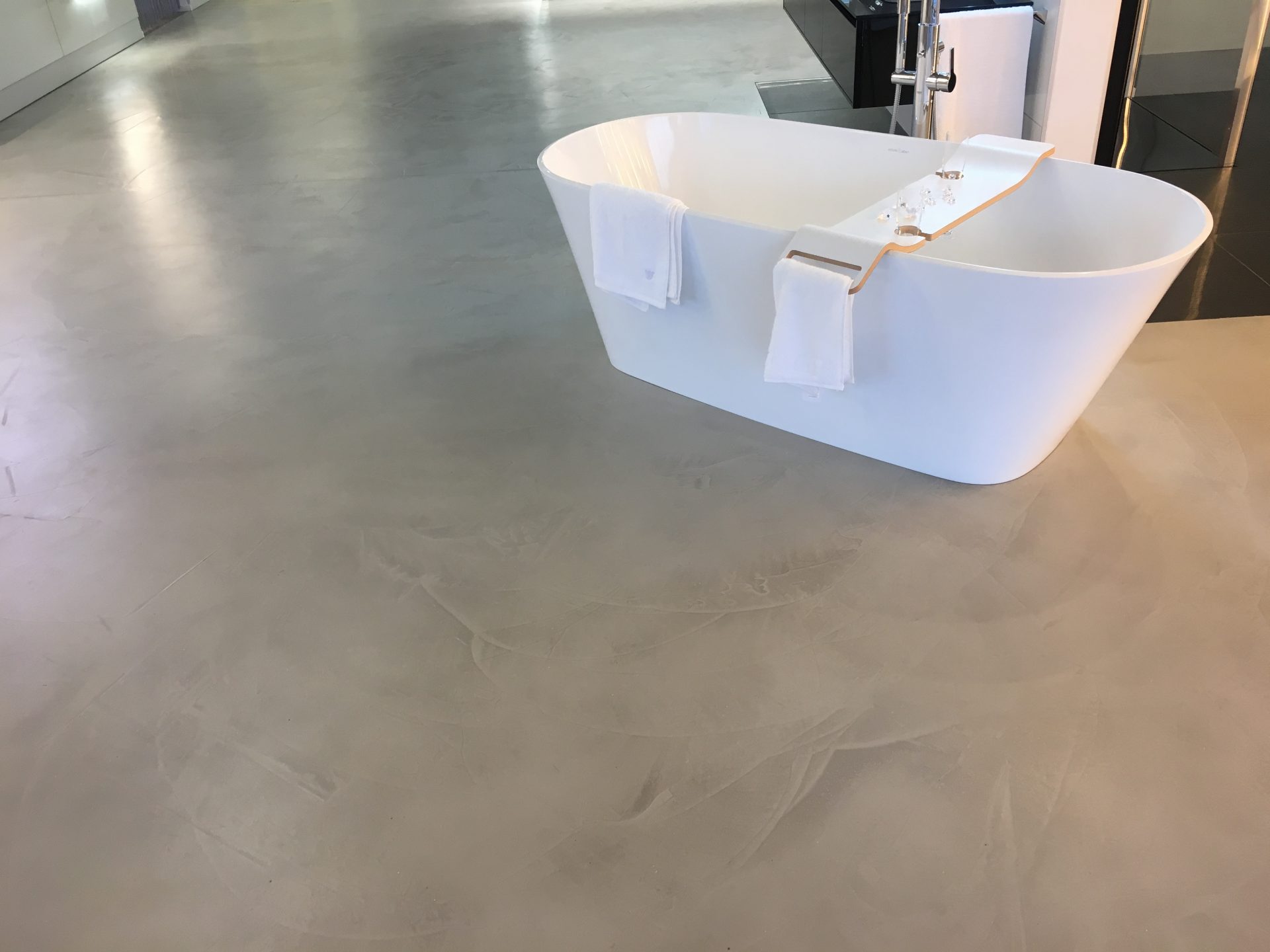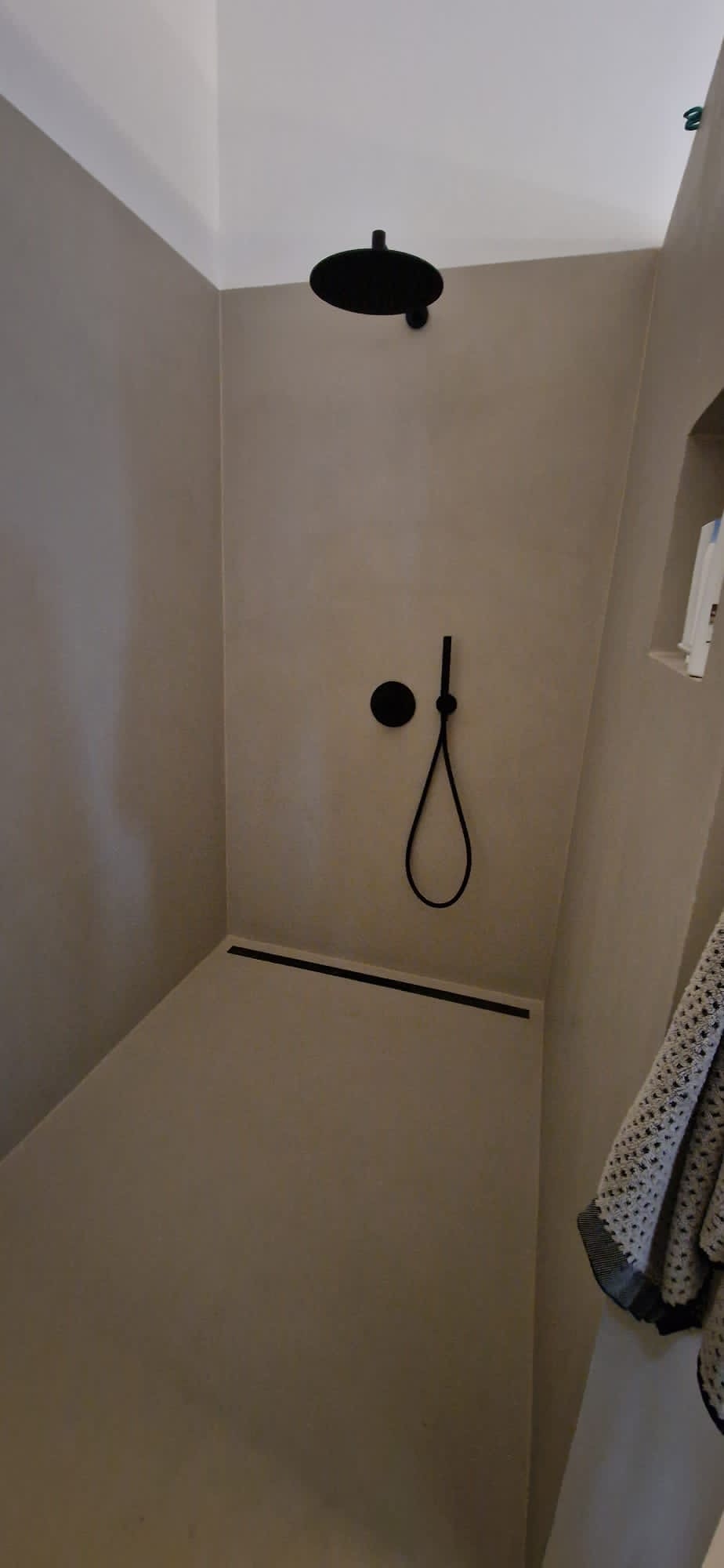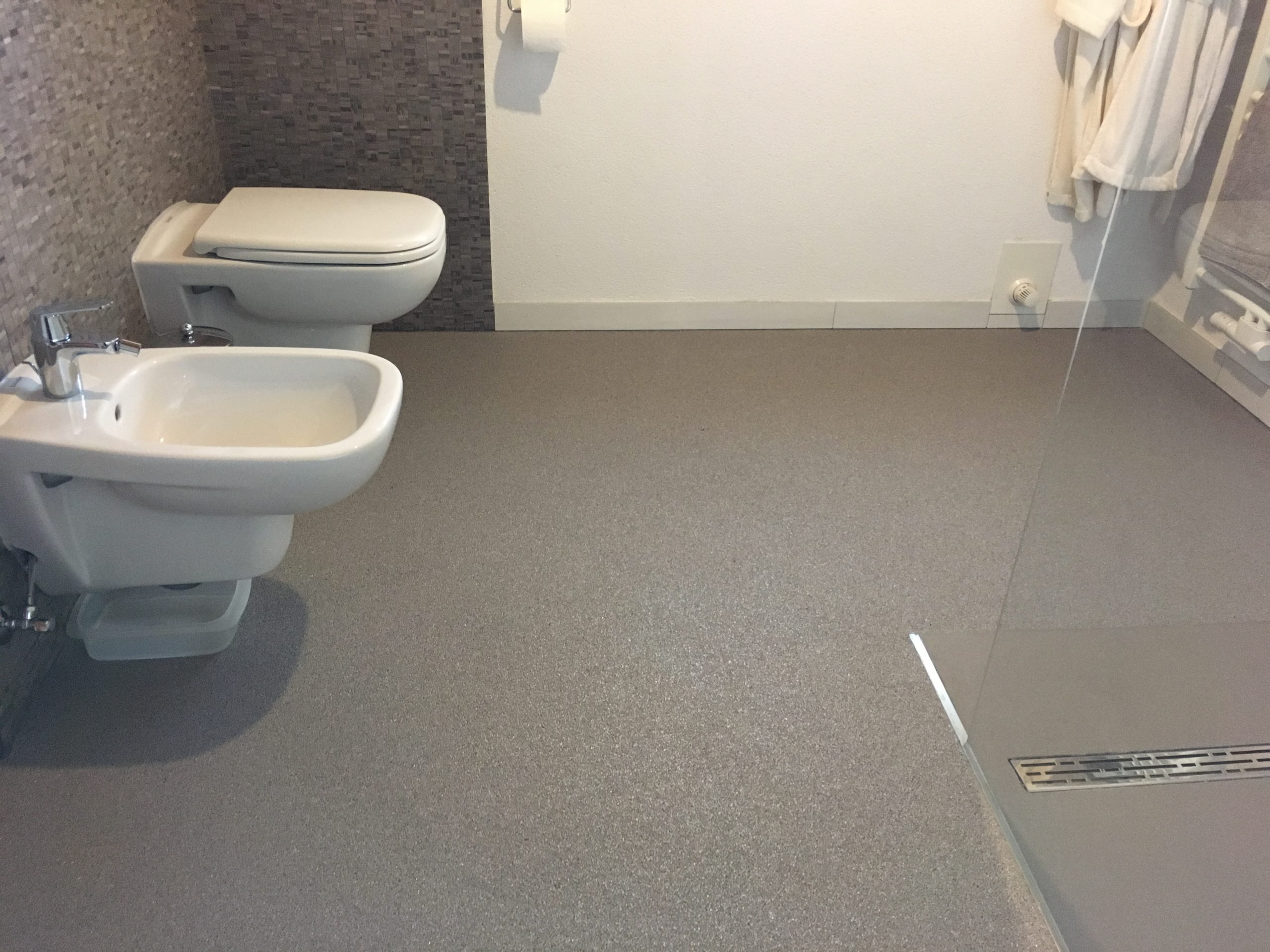The kitchen is the heart of every home. A microcement kitchen with its modern, minimalist look is a real eye-catcher. Qubo® microcement is an innovative material that is being used more and more in kitchen designs due to its versatility and aesthetics. It is a special blend of cement, polymers, minerals and pigments that can be applied to many different surfaces to create a smooth, seamless and robust finish.
Contents
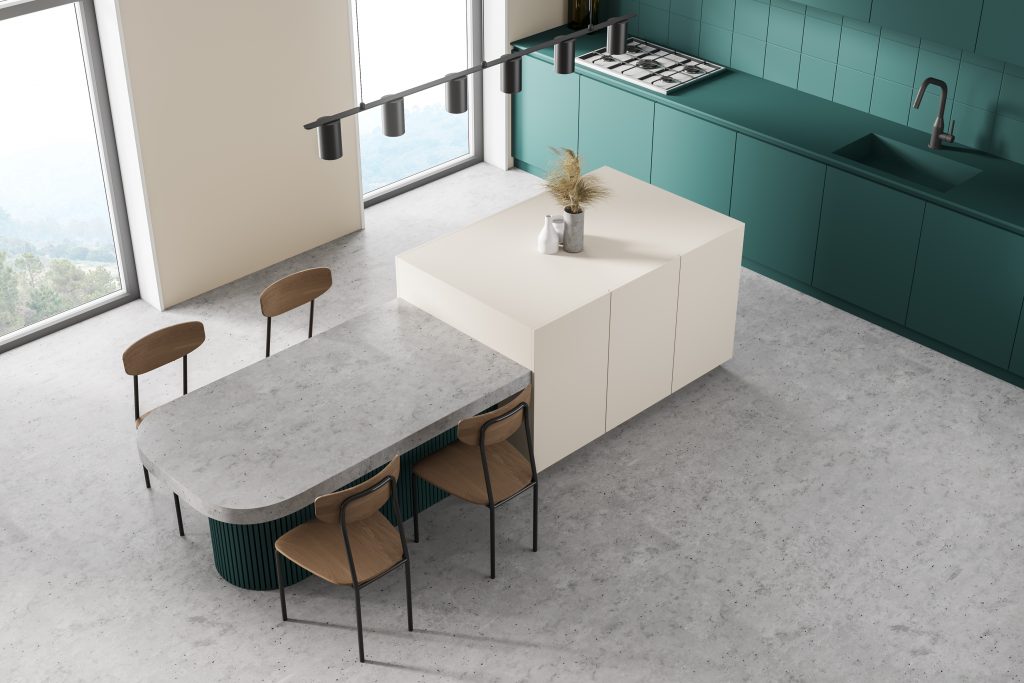
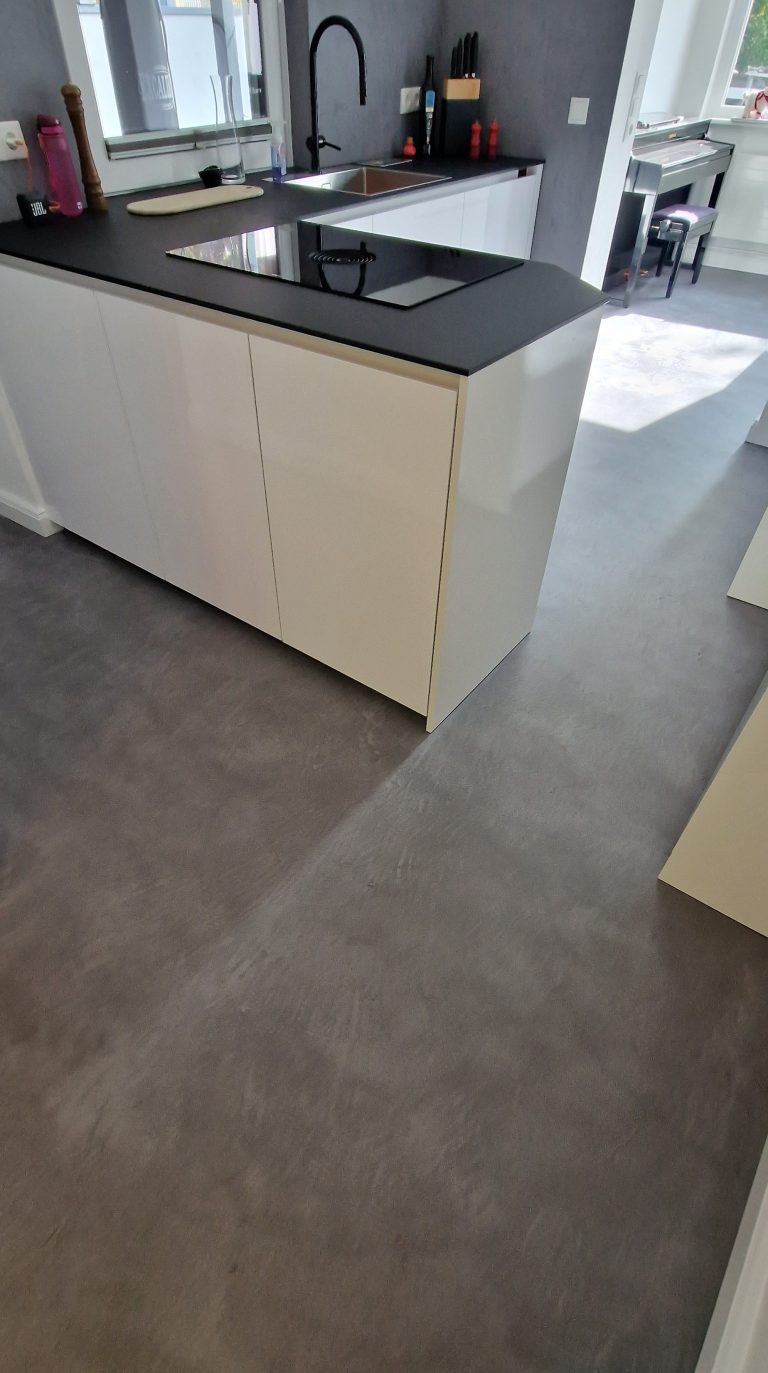
Design ideas for your microcement kitchen Choose the right style for your home
One of the features that make Qubo® microcement so popular is its adaptability to almost any style and design concept. Whether you prefer a modern, industrial, rustic or minimalist kitchen, Qubo® Microcement blends harmoniously into any setting. The modern coating system allows for a uniform, smooth surface with no visible joints, creating a continuous look and emphasizing a modern aesthetic.
Designing a microcement kitchen Multiple options for your microcement kitchen
Qubo® microcement offers a wide range of colors, textures and surface finishes. These allow you to design a unique microcement kitchen to suit your personal taste. From smooth and polished surfaces to textured or marbled effects – there are no limits to your creativity! In addition, the filled surfaces can be combined with other materials such as wood, metal or glass to create an individual look.
Thanks to its easy-care and smooth texture, microcement proves to be an ideal choice for surfaces in the kitchen. The typical backsplash is often replaced by a seamless surface, creating an easy-care surface that nevertheless blends seamlessly into the overall concept of the living space.
The material can also be used for kitchen worktops and islands. The result is a natural concrete look that gives the impression that everything is made from one piece. In contrast to solid concrete blocks, the core and structure of the object can be made of different materials. A microcement coating makes it possible to save weight and production time while at the same time gaining flexibility. Furthermore, older kitchen furniture can also be coated with microcement.
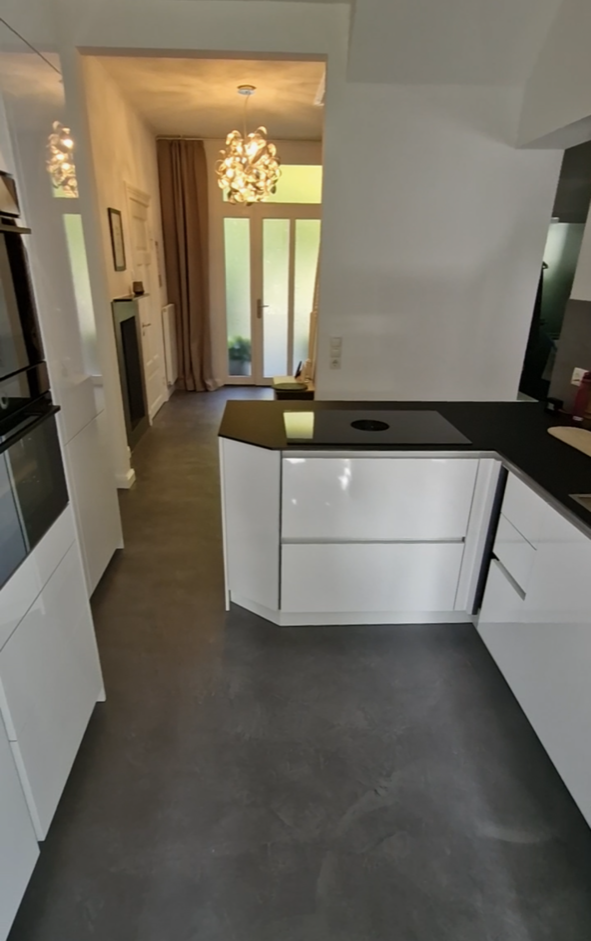
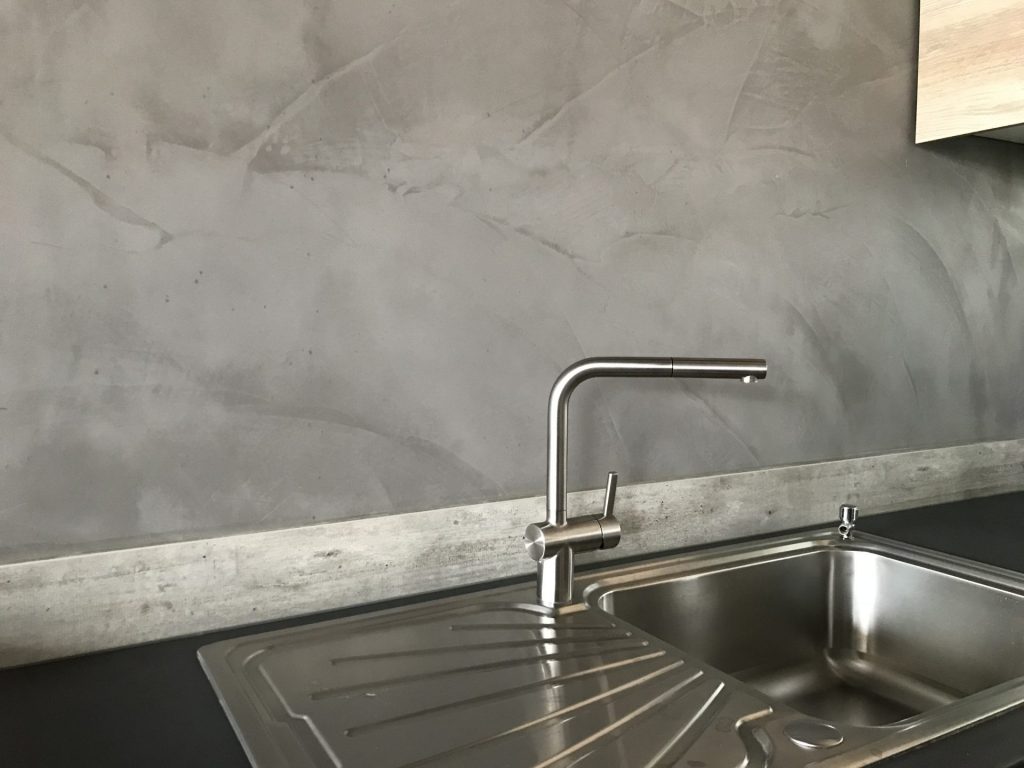
Another option for seamless kitchen design is the use of Qubo® stone carpeting. This can also be combined with motifs and logos from the manufactory sz art of airbrush. You can find more information about Stone carpet kitchen in the interesting facts section.
Floors and walls in the kitchen area are particularly suitable for the use of microcement. A lot of bacteria and moisture can accumulate in the kitchen in particular due to rising steam and splashing grease. However, thanks to the microcement-coated surfaces, cleaning is extremely easy. The micro-cement surface offers bacteria and dirt no opportunity to adhere. A major advantage is its high heat resistance.
Advantages of a microcement kitchen
Durability
Another major advantage of a microcement kitchen is its durability and resistance. The cementitious filler is extremely hard-wearing and resistant to abrasion, scratches, moisture and stains. Its resistance to moisture is particularly advantageous in a kitchen environment, as even splashes of water and steam do not cause any long-term damage. This means that the contemporary appearance of a microcement kitchen remains aesthetically pleasing in the long term. The ability to withstand the stresses and strains of everyday life makes the material a worthwhile investment.
Sustainability
Another plus point for Qubo® microcement is its sustainability. The material consists of natural components such as cement and minerals. Its production requires less energy and resources compared to other materials such as concrete or tiles. In addition, it is possible to fill over existing surfaces, which minimizes the need for demolition of old materials and thus reduces waste.
Cleaning and care
Unlike other materials such as tiles, the Qubo® brand system is seamless. This means that dirt and bacteria cannot accumulate in the joints. This makes it easy to maintain the cement trowel surfaces in the kitchen. Thanks to its smooth surface, spills can be easily wiped up and any splashes quickly wiped off.
A microcement kitchen is an investment in the future
Overall, a microcement kitchen is an excellent choice for anyone looking for a unique and contemporary design. With its versatility, durability and sustainability, smooth finish offers a wide range of benefits that allow for the creation of a functional and aesthetically pleasing kitchen. The seamless surface creates a sense of continuity and elegance in the room and the diverse design options allow you to create a space that reflects your personal style.
If you are looking for a way to make your kitchen a real eye-catcher while combining functionality and aesthetics, Qubo® microcement is the ideal choice …
… for a strong appearance!
Link collection
- Produktseite: Mikrozement
- Worth knowing: Creating a concrete look
- Worth knowing: Seamless floor
- Worth knowing: Stone carpet kitchen
- Manufaktur sz art of airbrush
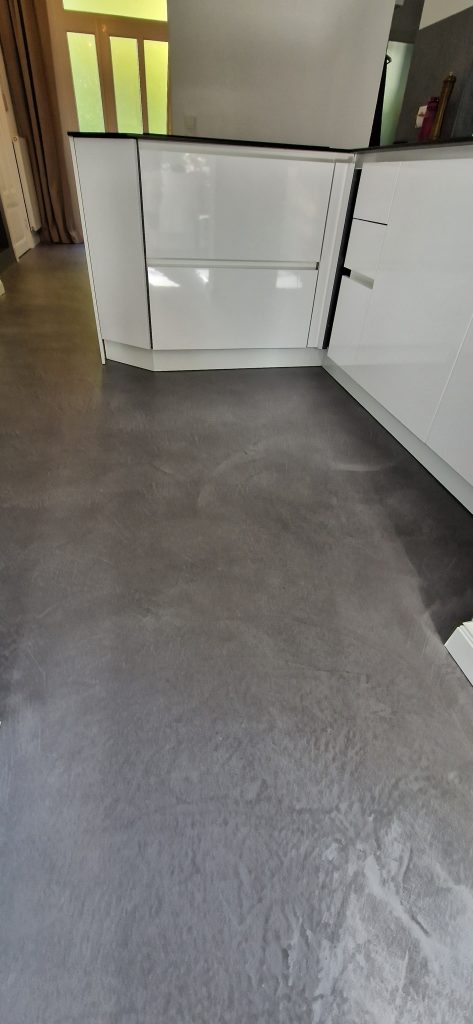
Non-binding Cost estimate
The cementitious filler is characterized by an exceptionally low construction height of just 2 – 3 mm. This simplifies modernization in rooms with particularly small gaps under the door, for example.
The originally white filler can be tinted to almost any desired shade by adding color pigments. The classic is the concrete look.
A glossy or semi-gloss finish can be applied as required. In addition, the required slip resistance classes can be achieved with appropriate sealers.
The seamless floors with a concrete look are filled in several layers. The price depends on the size of the area to be laid and the number of layers of leveled flooring. As a rule, two layers are sufficient. Additional layers can be applied for design reasons. In proportion, a small room, such as a bathroom with many corners, costs more than large rooms. On average, the price is between €120 and €180 per m².
Compared to floors, coating walls with the concrete look is more expensive. This is why the cost of a wall coating is approx. 10 % higher than the corresponding floors.
Almost any substrate can be coated. Here are some examples of usable substrates:
- Tiles
- Parquet
- Plasterboard
- Screed
- Natural stone
- Marble
- Ceramic
- OSB boards
- Metal
- Drywall
- Fiberglass wallpaper
- many plasters
- Dry, no longer working wooden panels
With an installation thickness of only 2-3 mm, the substrate must be correspondingly free of unevenness. If there are any, they must be filled beforehand.
Due to the density of the material and the final sealing, the coating is waterproof.
Yes, depending on the area of application, you can set the required slip resistance class with different sealers.
To ensure a long service life of the surface, we recommend using water and neutral soaps. Sealing the surface makes it easier to clean and protects it from stains.
Yes, after the heating switch-on protocol has been carried out so that the cracks in the screed caused by the temperature change do not continue in the top floor.
The breathable coating is used indoors and outdoors as well as in wet rooms. It is ideal for bathrooms, wellness oases and fitness centers. It is also popular in kitchens and living areas as well as in conservatories and on stairs. Commercial areas such as restaurants, stores, doctors’ surgeries and laboratories are created with this special material. The leveled floor meets all hygiene requirements and can be made slip-resistant by applying an appropriate sealant. This makes it possible to create durable, dirt-repellent, waterproof and abrasion-resistant surfaces for almost any area of application.
Yes, our Qubo® Aqua series is 100 % waterproof. Our qualified companies ensure professional pre-treatment and processing of the substrate.
Solid tiles can be reworked without any problems. Tiles that are loose or completely loose in some places must be removed.
FAQ
Details and facts, key figures and explanations – here you will find answers to frequently asked questions about our Qubo® coating systems. If any details remain unclear,

